Western Sydney University Parramatta City Campus
Woods Bagot has created an innovative and student-centered environment for Western Sydney University’s Parramatta City Campus located in the Parramatta suburb of Sydney, Australia.
Situated in the heart of the Parramatta CBD, Western Sydney University’s (WSU) Parramatta City Campus is a pivotal campus connected to business and the community; a showpiece for a blended learning pedagogy in a future-focused, spatially diverse and student-centered environment.
With interior design by Woods Bagot, the vertical campus is designed to foster interaction, collaboration and partnerships with local business and industry, blurring the boundaries between business and tertiary education. Centered on the concept of “me (student), we (university), us (community)”, the interiors concept was developed to blur the lines between a traditional commercial office tower and a functional university campus. This methodology is manifest in the place making strategy as well as the base palette approach.
Facilitating through-site connections integrated to a local network of civic and cultural strategies, the campus offers a malleable solution at the public interface with retail activation and digital wayfinding providing linkages to the adjacent transport hub.
Client briefing and aspirational workshops led to a series of proposals for a mixed-faculty occupation of the building, comprising a diversity of flexible spaces capable of accommodating multiple learning landscapes and academic disciplines. Creating a unifying vertical campus environment via an evidence based design approach, the vision was to create a campus multidisciplinary in function, innovative in approach and entrepreneurial in spirit.
Woods Bagot Director Georgia Singleton said the design took an agnostic approach to the interior fit-out, allowing for a truly flexible and future-proofed learning environment.
A vertical campus building stacked over several floors can sometimes inhibit the opportunities for students and educators to co-mingle and interact. Featuring a porous core, the atrium concept creates a sense of community and connectivity allowing for greater mobility while aiding sightlines between floors. The provision of interconnecting stairs and voids encourages collaboration and organic conversation between students, staff and industry
Client briefing led to a series of proposals for a mixed-faculty occupation of the campus building, including Business, Economics and Engineering, comprising a diversity of full flexible spaces capable of accommodating multiple learning landscapes and academic disciplines.
For the academic zones, an open plan office pod design enables a more fluent and cost efficient utilization of space. By embracing principles of open and moving away from the traditional cellular office model, WSU staff are invited to co-mingle with students, breaking down traditional campus hierarchies.
The application of solid, natural materials defines formal learning zones, which are surrounded by continuous informal and social spaces. Staff and students are encouraged to linger and collaborate in breakout spaces where comfort and re-configurable furniture enable freedom of choice. Penetration of natural daylight and a visual connectivity to the outdoors is enhanced in the social spaces through transparent glazing across the full extent of the podium’s southern elevation.
Architect: Woods Bagot
Photography: Nicole England

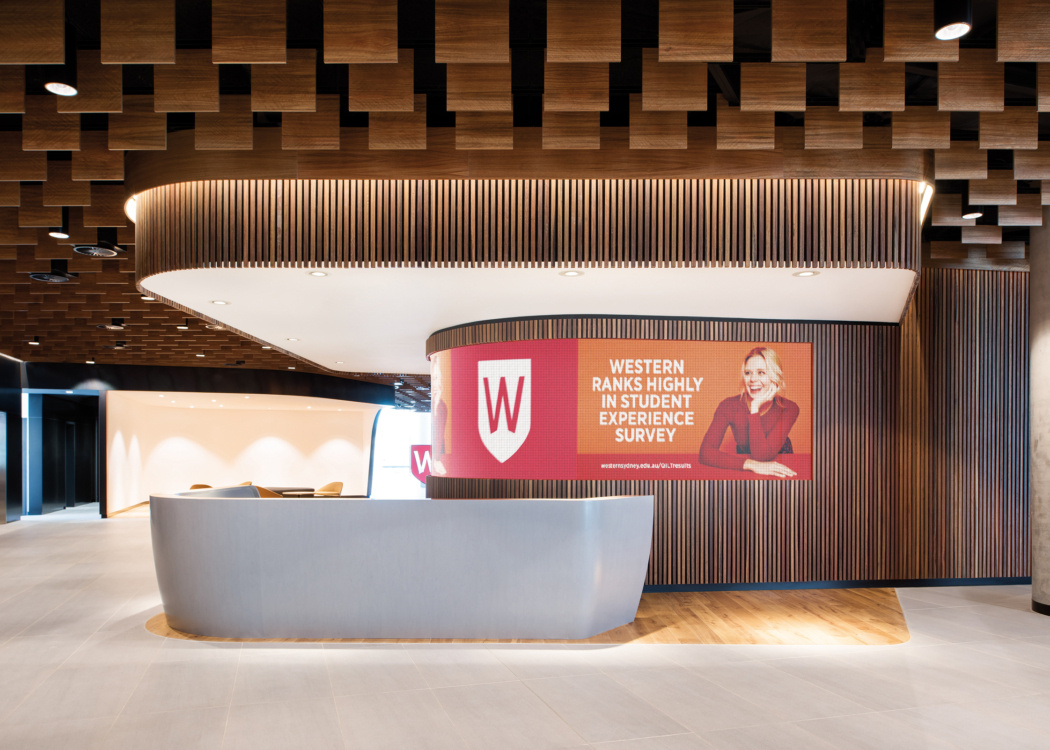
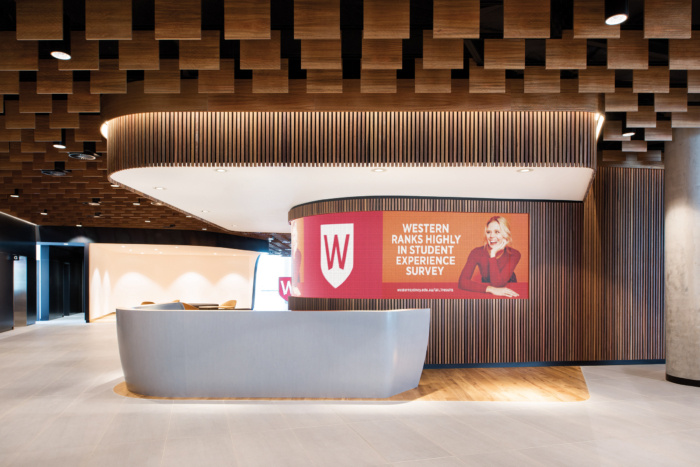
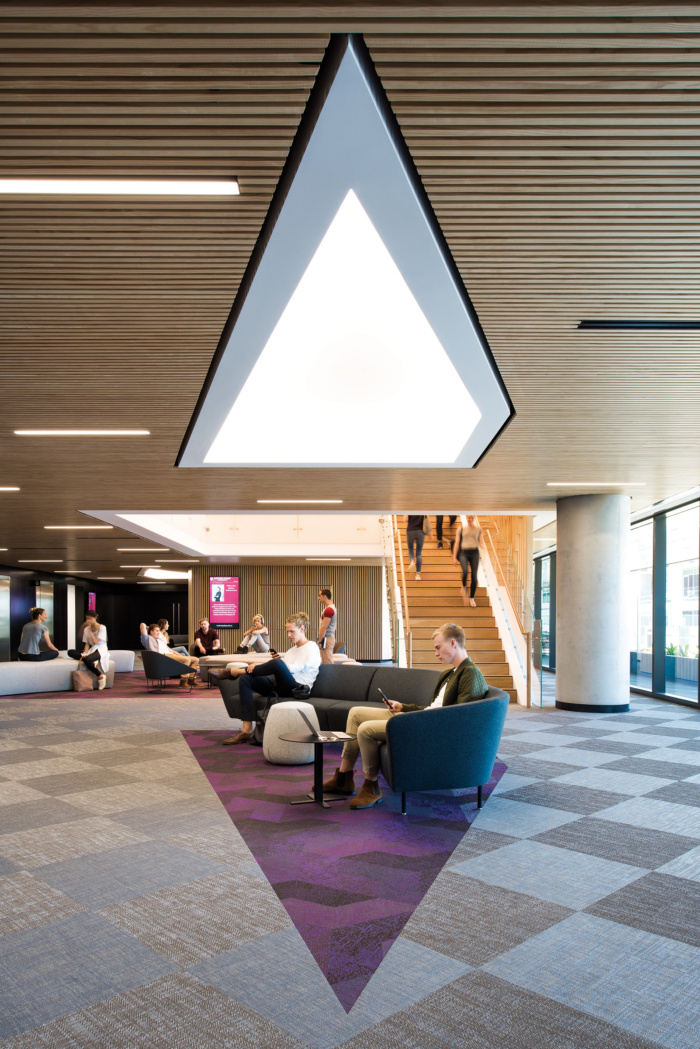
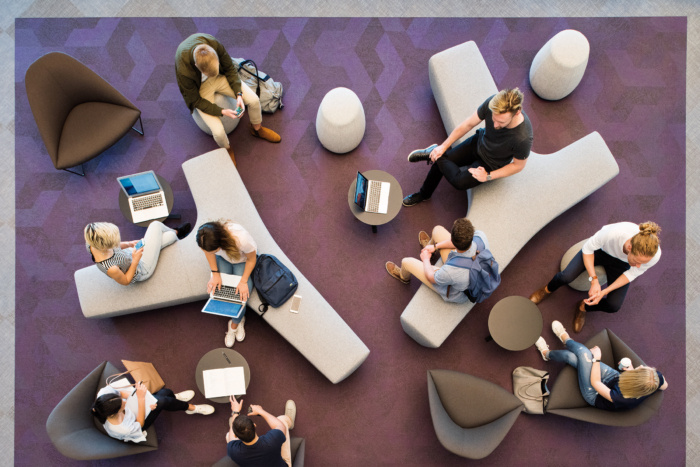
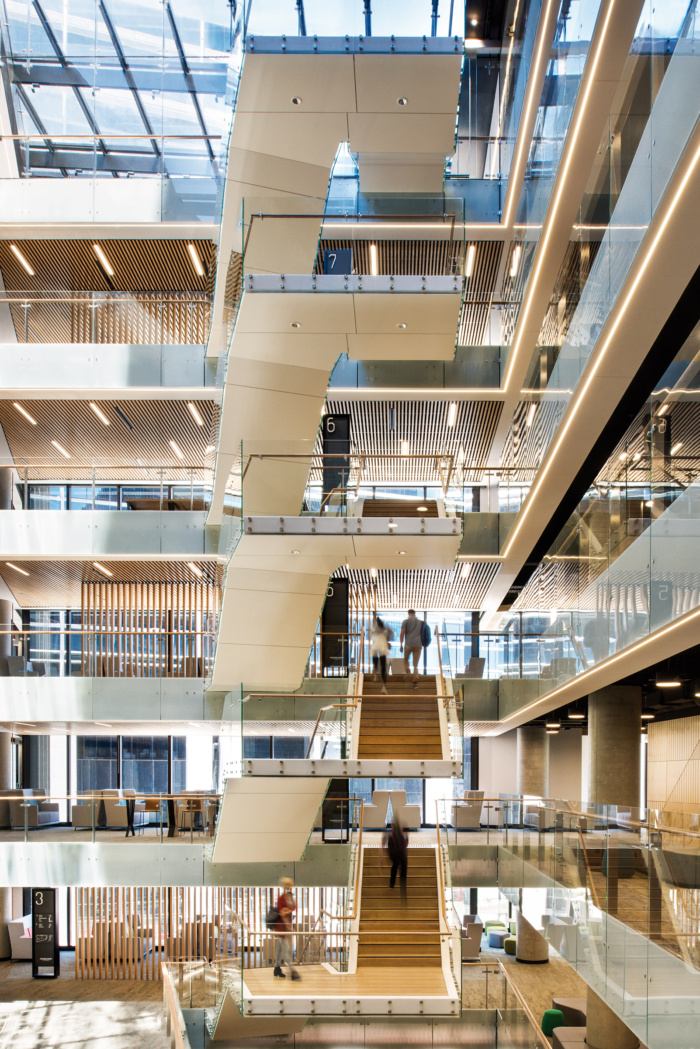
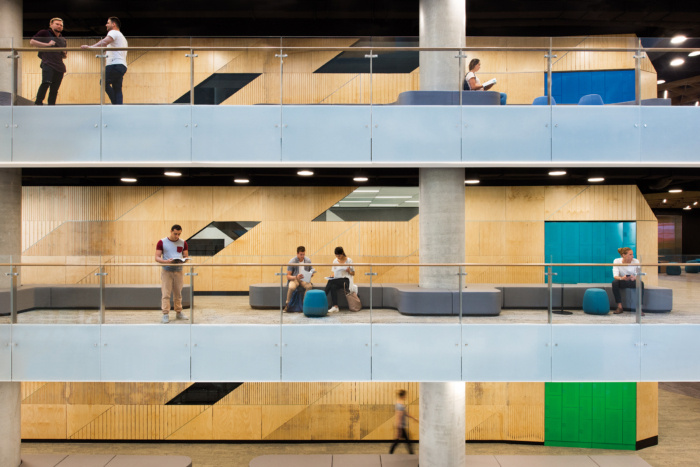
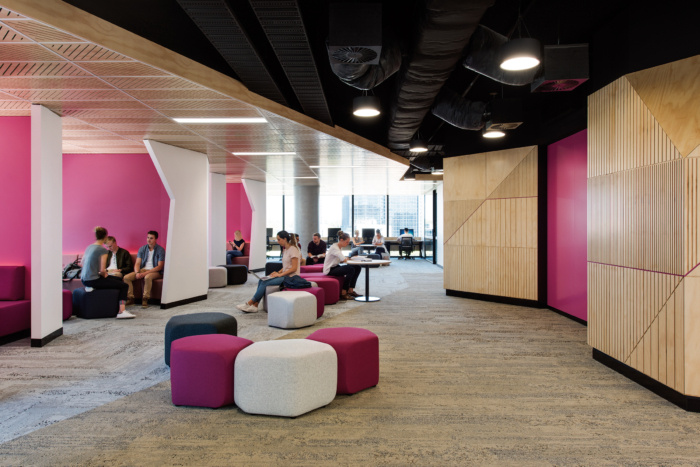
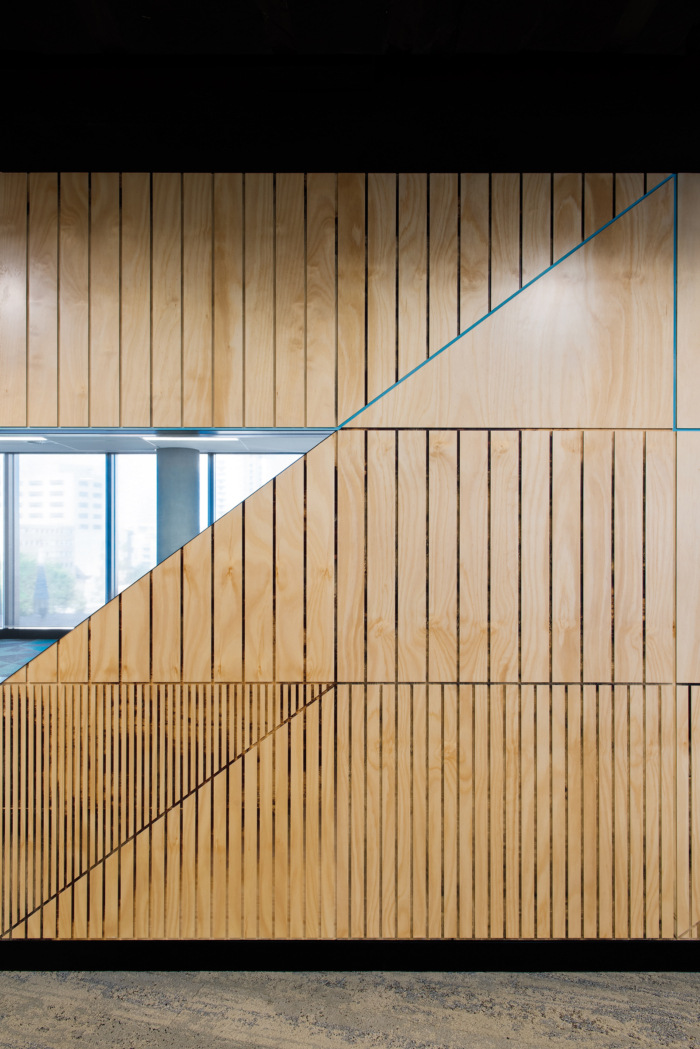
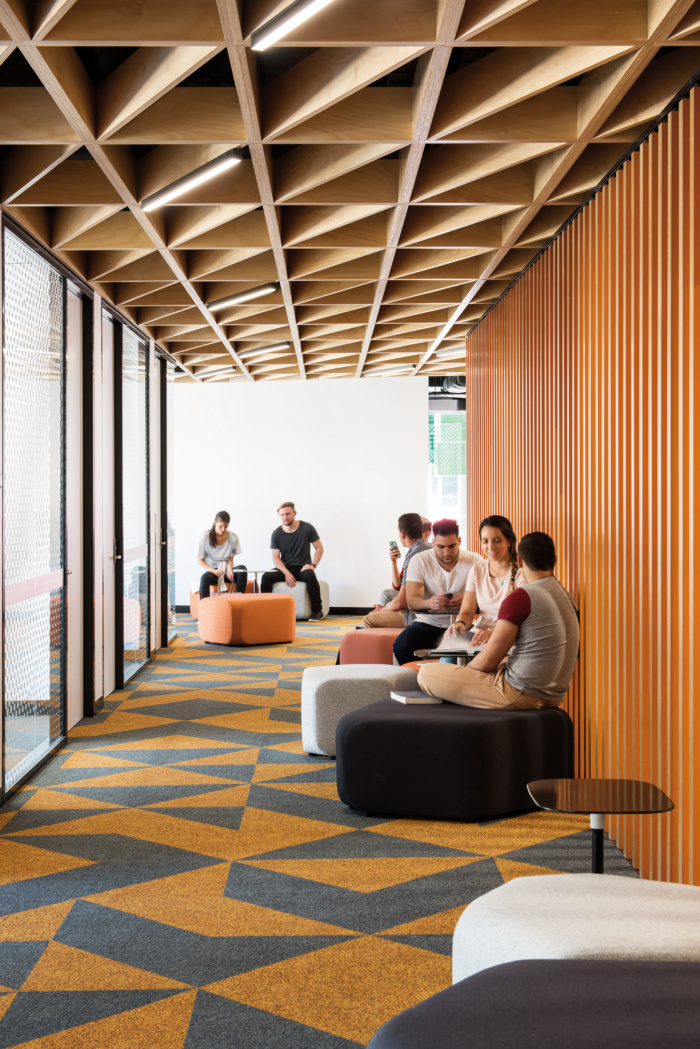
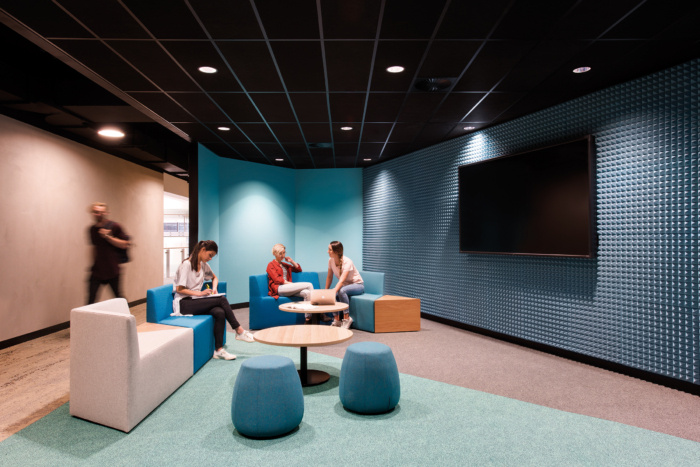
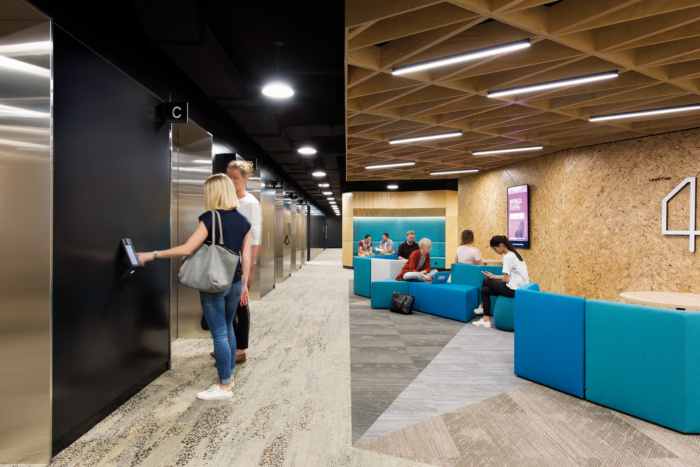
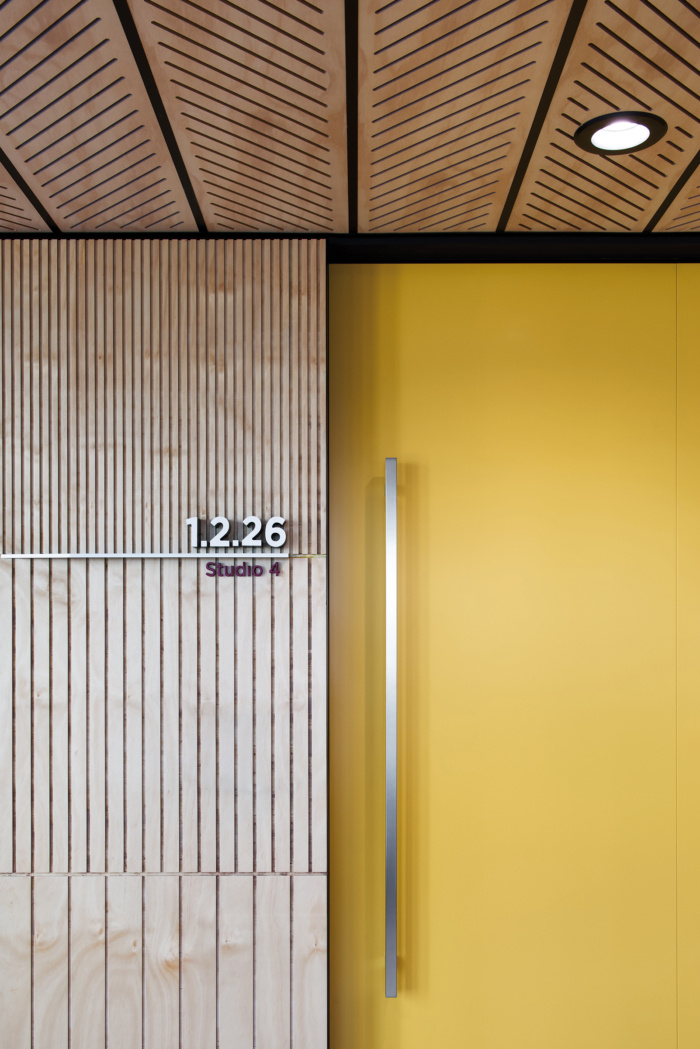
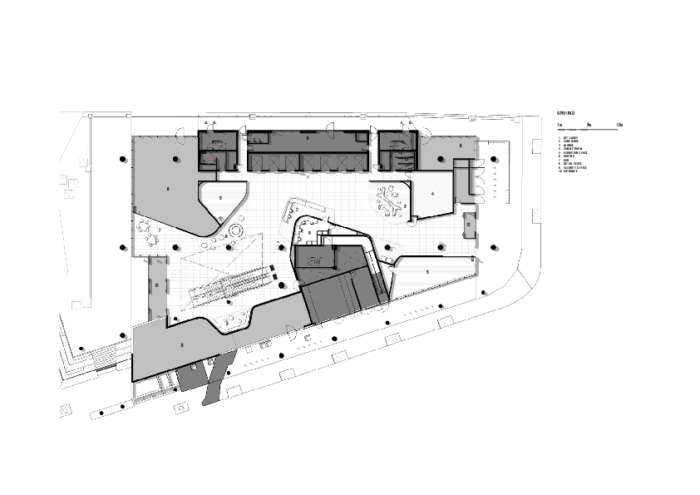
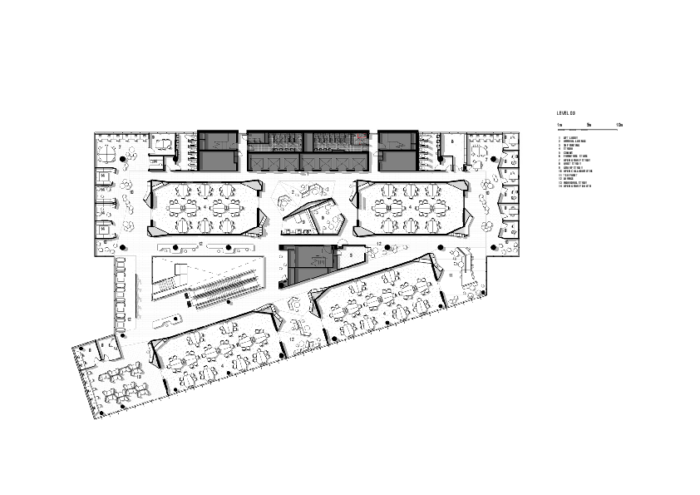
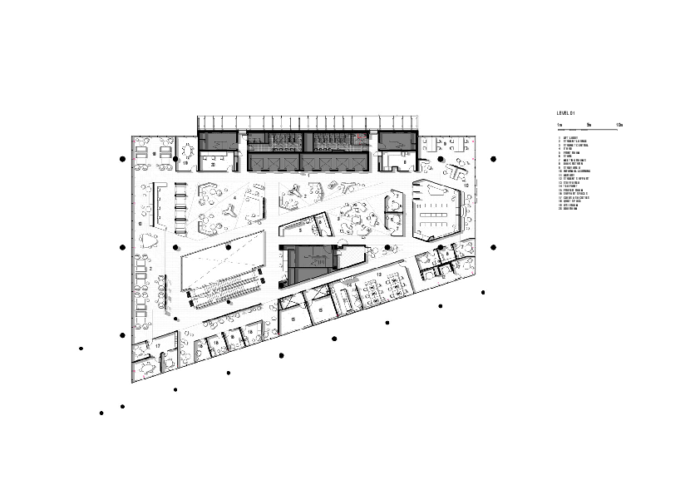
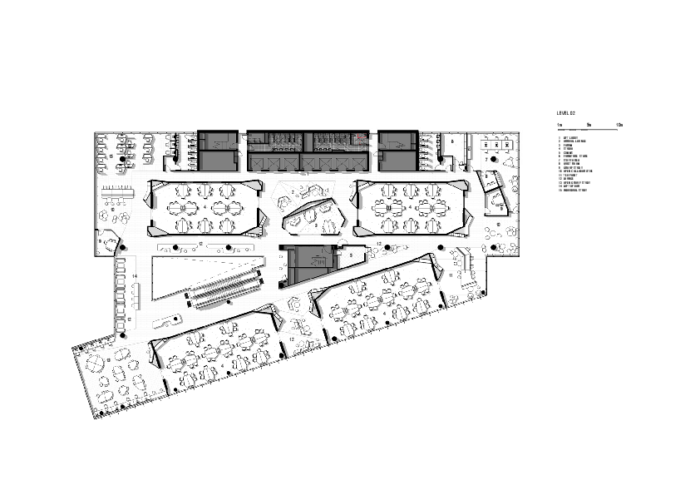
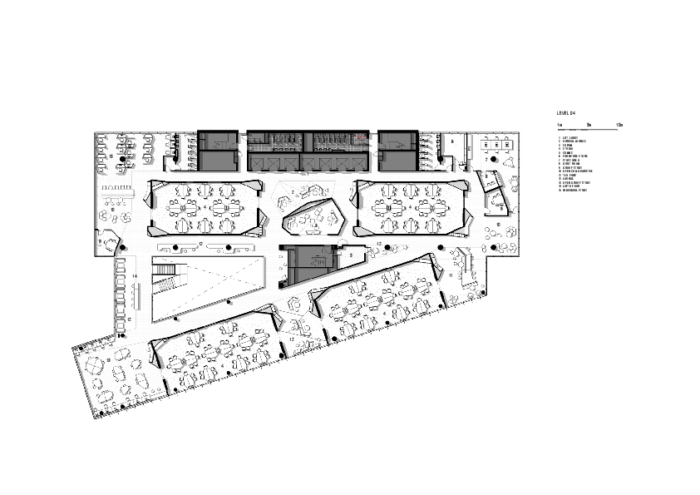
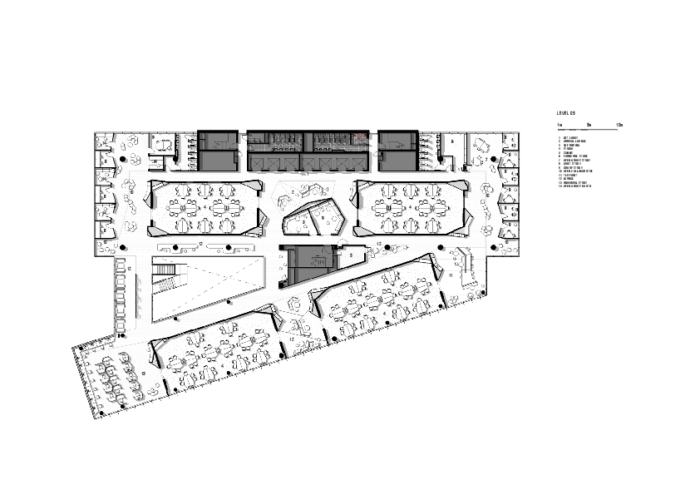
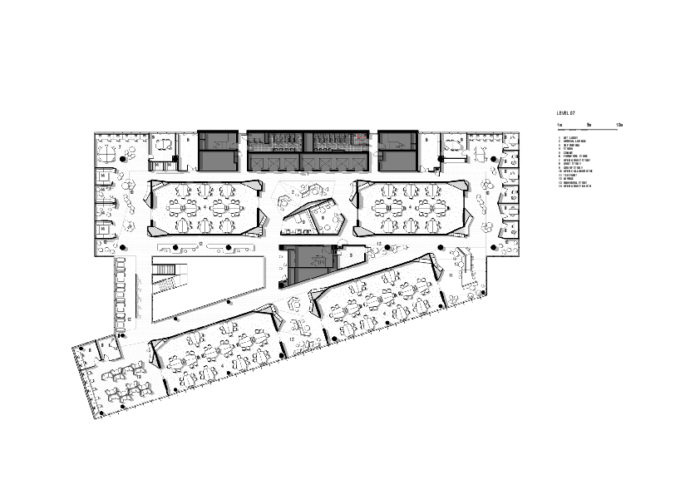
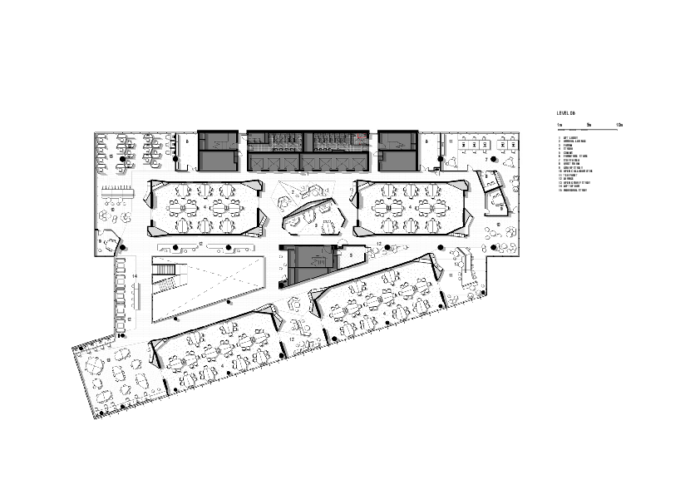

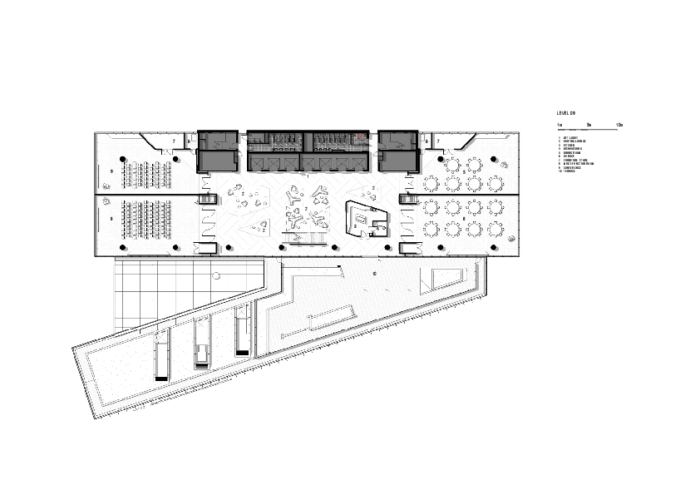
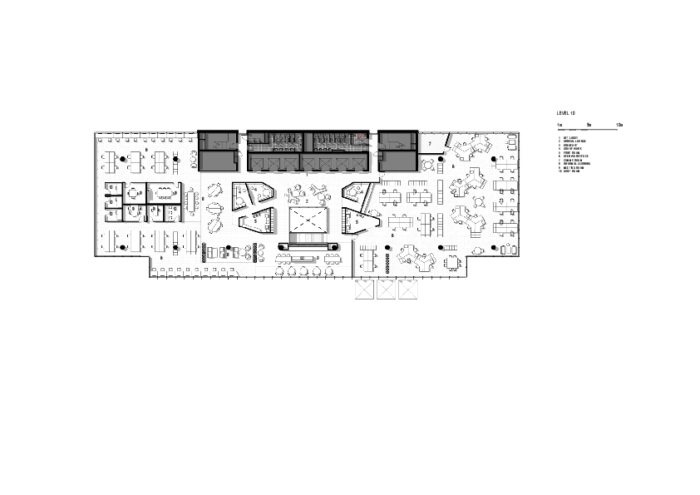









Now editing content for LinkedIn.